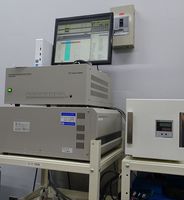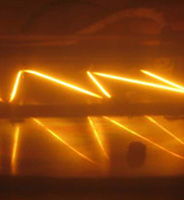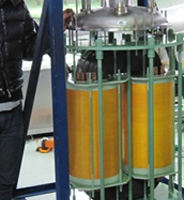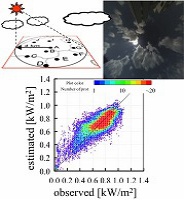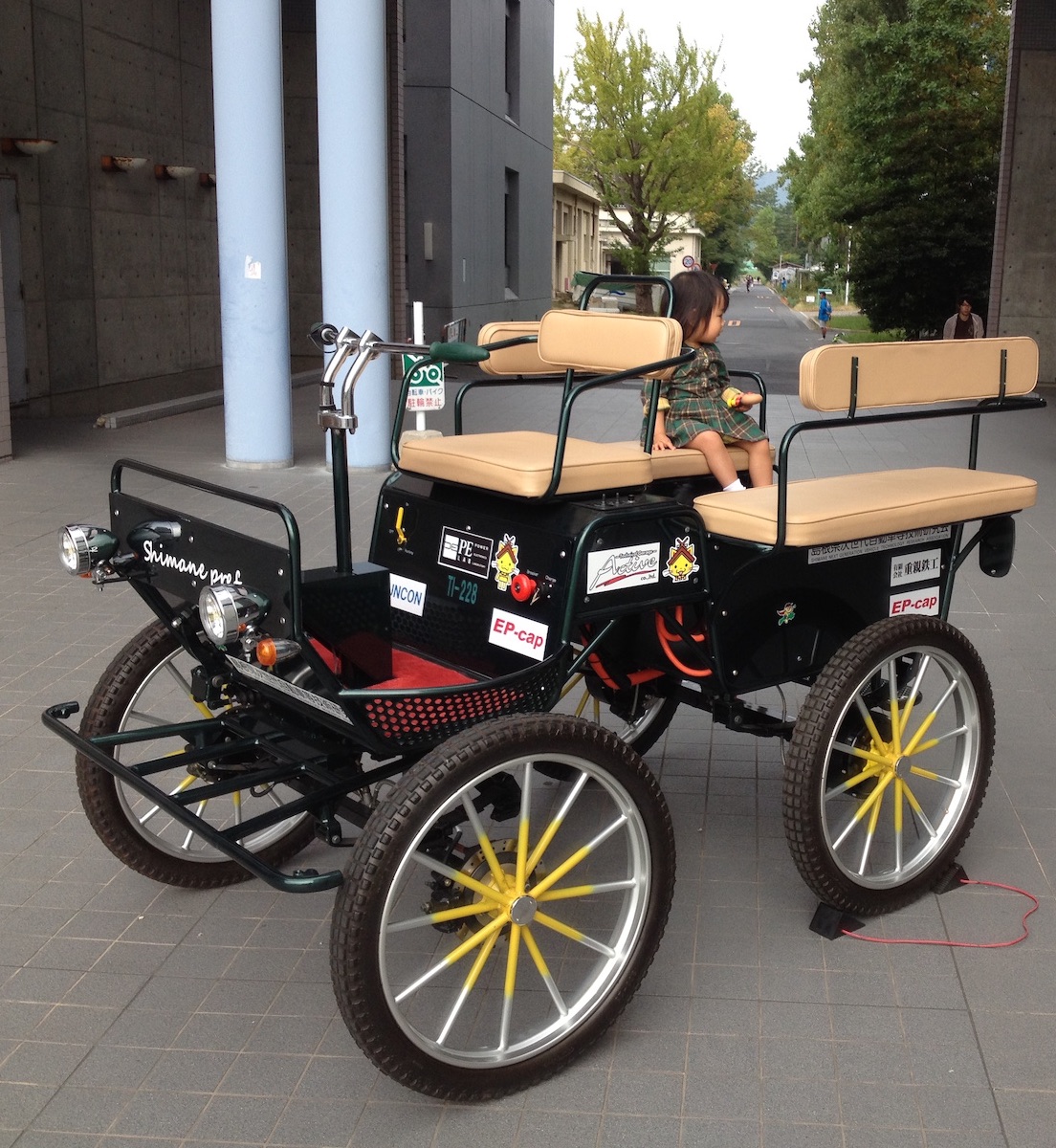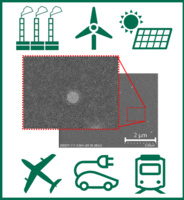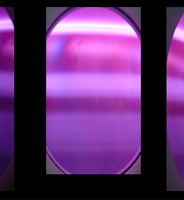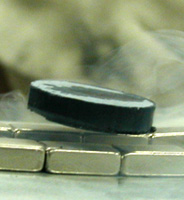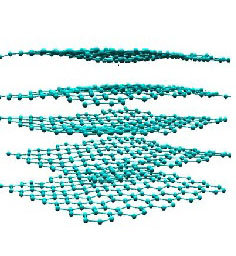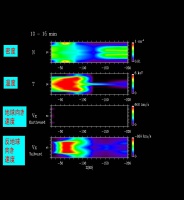Overview
Organizations
- HOME
- >
- Electrical Engineering
Research Groups
Staff
Research field
Electric Energy
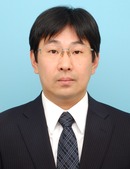
Professor
Tomokazu FUKUTSUKA

Assistant Professor
Seiji KATAKURA
Research on energy conversion devices for interconversion between electrical energy and chemical energy
Lithium-ion batteries / Next-generation rechargeable batteries / All-solid-state lithium rechargeable batteries / Electrochemistry / Materials chemistry / Graphite intercalation compounds / Carbon materials / Electric vehicles / Fast charging
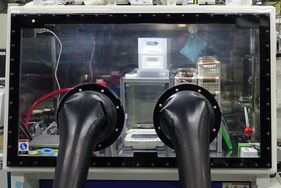 Atmosphere-controlled glove box:
Atmosphere-controlled glove box:Since many materials for high-energy-density batteries such as lithium-ion batteries are unstable in air and moisture, battery fabrication for research is performed under an argon atmosphere.
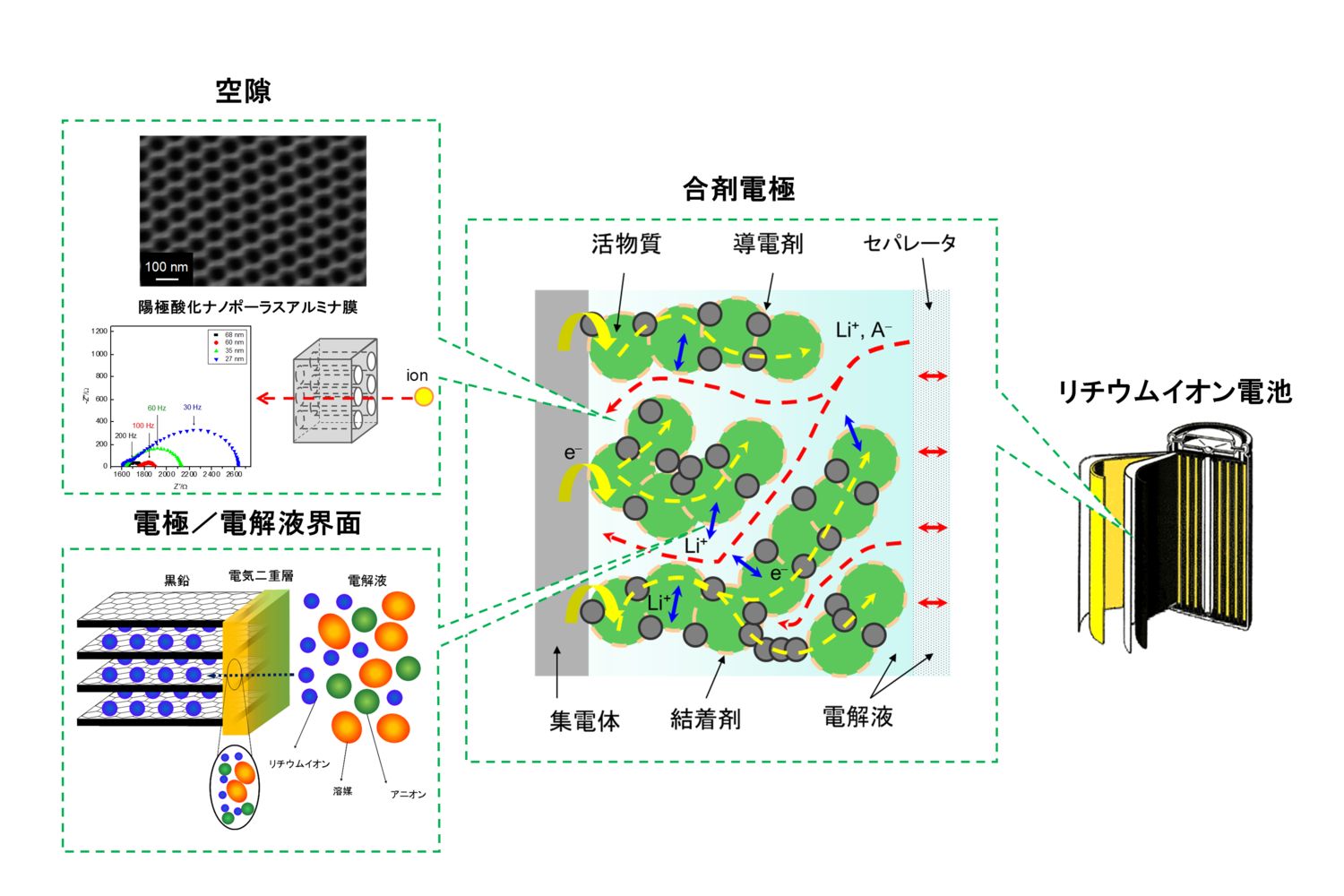 Hierarchical structure of lithium-ion batteries:
Hierarchical structure of lithium-ion batteries:Electrodes of lithium-ion batteries have a complex porous structure composed of active materials, conductive additives, and binders. Therefore, fundamental research through modeling is necessary, with particular focus on detailed studies of ion transport within the pores and ion transfer at the electrode/electrolyte interface.

Professor
Yasunobu YOKOMIZU
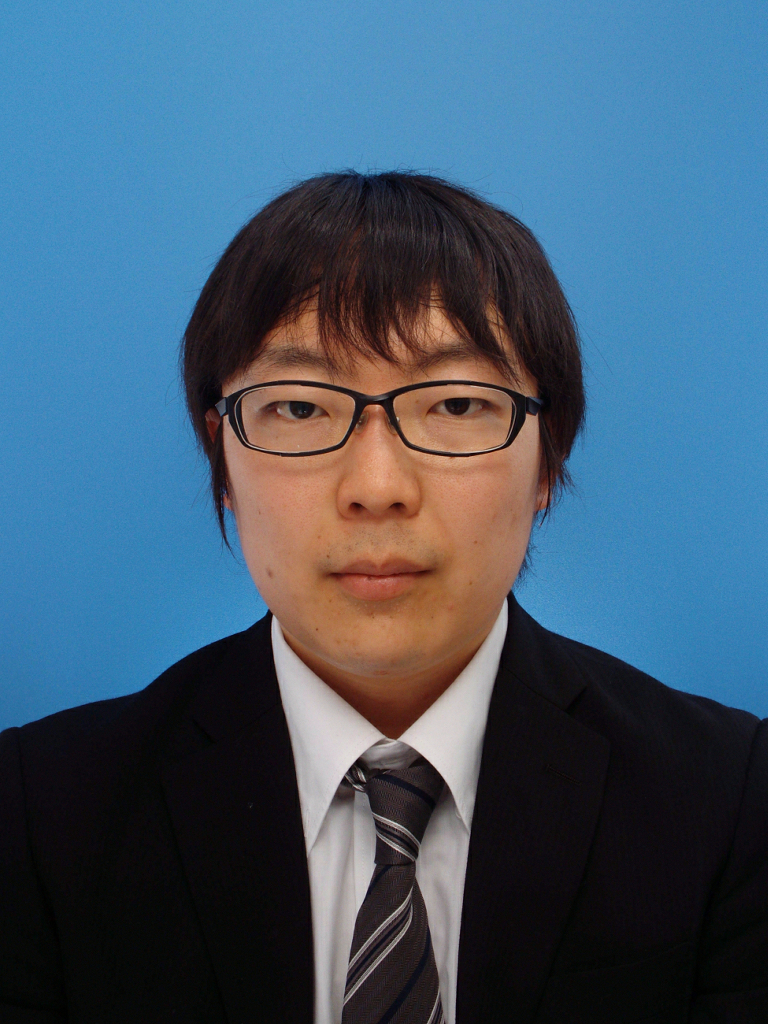
Assistant Professor
Naoto KODAMA
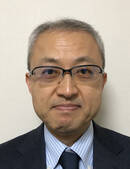
Designated Professor
Mikimasa IWATA
The Yokomizu Laboratory conducts research on environmentally sustainable power system protection equipment, including SF₆ & PFAS free circuit breakers for high-voltage AC systems and novel arc-quenching media for low-voltage DC systems, as well as on the instability of power systems integrating renewable energy sources.
High Current / High Temperature Gas / LVDC and HVDC Circuit Breakers / SF6 & PFAS-Free Electric Power Equipment / Power Distribution Systems & Consumers / Arc Discharge / Plasma Fundamental Properties / Power Semiconductor Applications / Renewable Energy
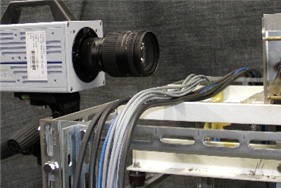 Development of novel arc quenching medium for low-voltage direct current (LVDC) system, and investigation
of dielectric properties of hot gas formed in power protection apparatuses.
Development of novel arc quenching medium for low-voltage direct current (LVDC) system, and investigation
of dielectric properties of hot gas formed in power protection apparatuses.
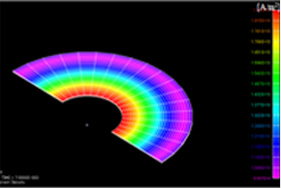 Formulation of instability of medium voltage (MV) electric network installing renewable energy plants.
Formulation of instability of medium voltage (MV) electric network installing renewable energy plants.

Associate Professor
Akimori TABATA
Development of amorphous and nanocrystalline silicon-based thin-film materials and improvement of efficiency in silicon-based solar cells.
Nanocrystalline SiC/ microcrystalline Si/ amorphous Si/ Si-based solar cells/ hot-wire CVD/ radical treatment/ plasma process
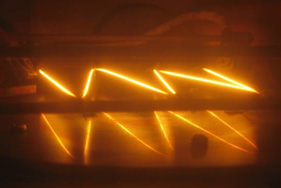 Hot-wire chemical vapor deposition (HW-CVD): A technique for decomposing molecules through a catalytic reaction on the surface of a heated metal (filament), generating radicals and deposition thin films.
It is also used as a technique for hydrogen radical processing.
Hot-wire chemical vapor deposition (HW-CVD): A technique for decomposing molecules through a catalytic reaction on the surface of a heated metal (filament), generating radicals and deposition thin films.
It is also used as a technique for hydrogen radical processing.
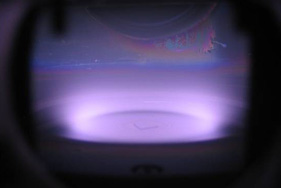 Sputtering method: A technique for deposition thin films using the sputtering phenomenon, in which ions in plasma collide with a solid surface and the atoms that make up the solid are released into space.
Sputtering method: A technique for deposition thin films using the sputtering phenomenon, in which ions in plasma collide with a solid surface and the atoms that make up the solid are released into space.

Professor
Naoki HAYAKAWA
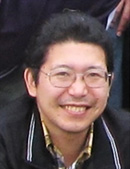
Associate Professor
Hiroki KOJIMA
Development and optimization of environment-benign electric energy system with superconducting power apparatus, renewable energy and energy storage system.
Electric energy / Electric power apparatus / Electric power system / Smart grid / Environment-friendliness / Superconductivity / High voltage engineering
 World's first high-temperature superconducting fault current limiting transformer.
World's first high-temperature superconducting fault current limiting transformer.
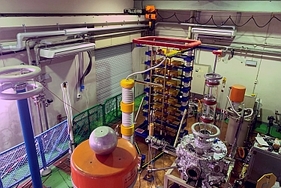 High-voltage testing equipment (800 kV lightning impulse voltage, 250 kV AC voltage)
High-voltage testing equipment (800 kV lightning impulse voltage, 250 kV AC voltage)
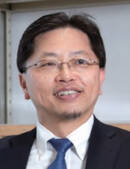
Professor
Takeyoshi KATO
To achieve carbon neutrality by 2050, various activities are necessary, such as the large-scale introduction of renewable energy and the procurement of hydrogen from overseas. Aiming to build a flexible power and energy system that contributes to these activities, we are working on the following research: time-series data on future electricity demand, flexible planning and operating method of power & energy systems, reliable renewable power output forecasts, power electronics device controls for resilient microgrid
電力需要時系列データの構築 / 電力・エネルギーシステムの計画・運用手法の開発 / 再エネ発電の出力予測の高信頼化 / パワエレ機器制御の構築
 Forecasting of solar photovoltaic power output and wind power output over time horizon from several hours ahead to several days ahead by using various sources such as all sky images, satellite images, and numerical weather prediction model, etc.
Forecasting of solar photovoltaic power output and wind power output over time horizon from several hours ahead to several days ahead by using various sources such as all sky images, satellite images, and numerical weather prediction model, etc.
 Control of demand side resources such as stationary battery and EV
for reducing supply-demand imbalance in power system operation.
Control of demand side resources such as stationary battery and EV
for reducing supply-demand imbalance in power system operation.
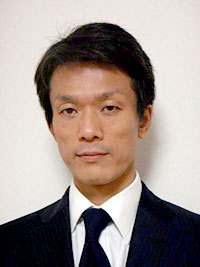
Professor
Masayoshi YAMAMOTO

Associate Professor
Jun IMAOKA
The power electronics lab (PELAB) conducts research on power electronics technologies that integrate power semiconductors, control systems, and magnetic components with the aim of improving efficiency, reducing size, and lowering weight in power converters and motors used in hybrid and electric vehicles, power infrastructure, and next-generation aircraft.
Power Electronics / Power Semiconductor Applications / Magnetic Component Applications / Power Supply Systems / Motor Drive Control / GaN Power Semiconductor Applications / SiC Power Semiconductor Applications / Electrical Systems for Hybrid and Electric Vehicles / Electrical Systems for Next-Generation Aircraft
 [Image of car]
[Image of car]The image above is an electric sightseeing vehicle independently developed in our laboratory, equipped with in-wheel motors and a capacitor-based energy storage system. Unlike conventional battery-powered systems that require approximately 5 hours to fully charge, this system achieves full charging in just 4 minutes.
 [Image of converter]
[Image of converter]We have successfully developed a power converter for automotive applications using GaN power semiconductors, achieving the world’s highest power density of over 3 W/cc.
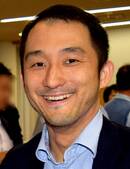
Associate Professor
Muneaki KURIMOTO
We are advancing research on solid insulating materials to drive innovation in electric mobility and power equipment, contributing to carbon neutrality and the realization of a decarbonized society.
Nanocomposites / Stator insulation for generators / Encapsulation materials for power semiconductor modules / Degradation diagnostics for power cables and capacitors / Energy harvesting / 3D printing / Topology optimization applications
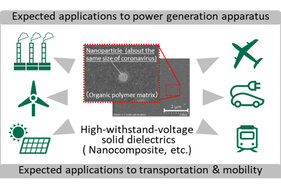 Nanocomposite insulating materials expected to be applied to various types of power equipment and electric mobility.
Nanocomposite insulating materials expected to be applied to various types of power equipment and electric mobility.
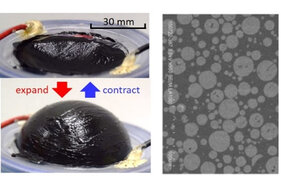 Energy conversion using stretchable capacitors and the development of devices and components leveraging the dielectric properties of composite materials.
Energy conversion using stretchable capacitors and the development of devices and components leveraging the dielectric properties of composite materials.
Advanced Energy
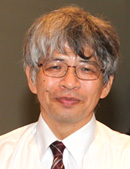
Professor
Noriyasu OHNO
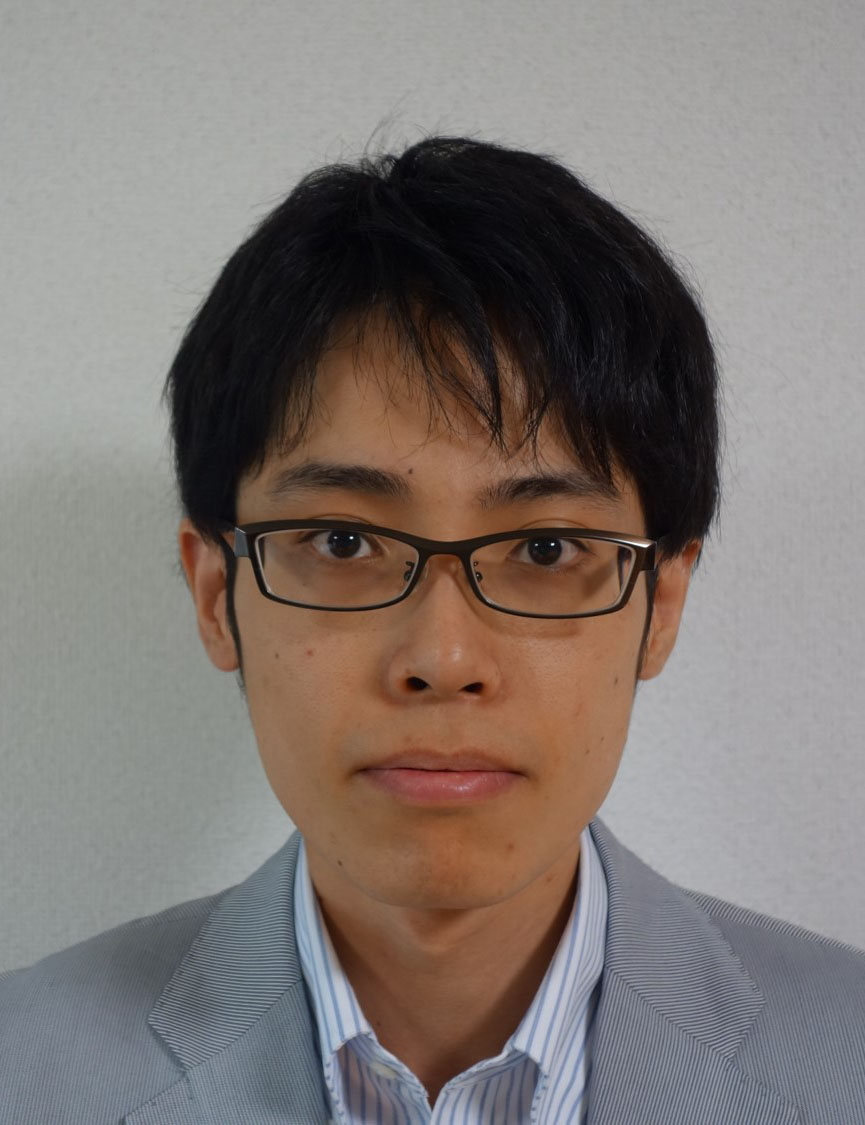
Associate Professor
Hirohiko TANAKA
We are working to understand detailed plasma properties and plasma-material interactions with the aim of realizing nuclear fusion power generation.
energy / fusion / plasma / nanostructure / divertor / hydrogen retantion
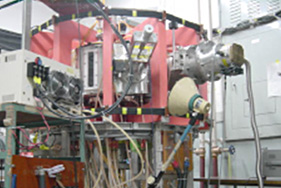 Experimental device that generates cylindrical or spiral-shaped plasma to study plasma response and material interactions in fusion devices.
Experimental device that generates cylindrical or spiral-shaped plasma to study plasma response and material interactions in fusion devices.
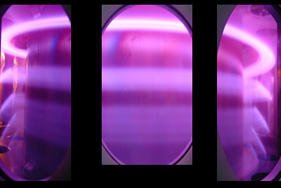 Photograph of the generated plasma. The plasma glows brightly due to the light emission from hydrogen atoms.
Photograph of the generated plasma. The plasma glows brightly due to the light emission from hydrogen atoms.
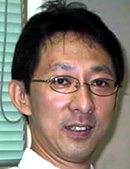
Professor
Yutaka YOSHIDA

Associate Professor
Tomoya HORIDE
Pioneering the frontier of energy material through nanotechnology
High-temperature superconductors / Thermoelectric materials / Energy materials / Epitaxial thin films / Thin film growth and properties / Superconducting wires and tapes / Energy devices
 Plasma generated by high-power laser
Plasma generated by high-power laserHigh-quality superconducting films are deposited by ablating a target material with a high-power pulsed laser. The ablated species generate a plasma plume, and are subsequently deposited onto a substrate. The plasma plume emits light due to the high-energy ablated species as shown in photo.
 Superconducting tape with "zero" electrical resistance
Superconducting tape with "zero" electrical resistanceThe high temperature superconducting films are deposited on the flexible metal tapes to fabricate superconducting tapes with "zero" electrical resistance. The photo shows the superconducting tape. The superconducting tapes are key to applications such as power transmission cables, high-efficiency large-scale wind turbines, compact fusion systems, and superconducting magnetic energy storage.

Visiting Professor
Hiroaki NAKAMURA
核融合発電に向けて、理論・シミュレーションを用いて材料物性・電磁波特性の解明・改良を目指す!
コンピュータシミュレーション / 計算物理 / 核融合 / 物性物理 / 電磁波応答 / 分子動力学法 / 時間領域空間差分法
 固体材料にプラズマが照射された場合の、原子の振る舞い。二体衝突近似(BCA)法と分子動力学(MD) 法を組み合わせることで、これまで以上の多くの原子を扱えるように工夫しました。
固体材料にプラズマが照射された場合の、原子の振る舞い。二体衝突近似(BCA)法と分子動力学(MD) 法を組み合わせることで、これまで以上の多くの原子を扱えるように工夫しました。
 電子サイクロトロン共鳴加熱(ECRH)システムに用いられるマイタベントのミリ波伝搬の様子。時間領域空間差分(FDTD)法を用いて計算しました。
電子サイクロトロン共鳴加熱(ECRH)システムに用いられるマイタベントのミリ波伝搬の様子。時間領域空間差分(FDTD)法を用いて計算しました。
Space Electromagnetic Environment
Institute for Space-Earth Environmental Research
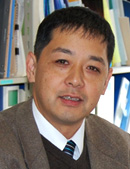
Professor
Kazuo SHIOKAWA
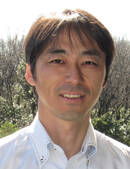
Associate Professor
Yuichi OTSUKA
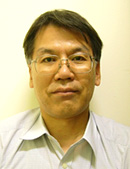
Associate Professor
Nozomu NISHITANI

Associate Professor
Claudia Maria MARTINEZ CALDERON
Study of space and upper atmosphere around the Earth based on observations using the latest radio and optical technologies
Aurora / Nighttime Airglow / Geospace / Space Plasma / Ionosphere and Magnetosphere / Upper Atmosphere / Radar / Development of Highly Sensitive Spectroscopic Instruments / GNSS Receivers / Overseas Field Observation / Development of Satellite Instruments
 High-frequency radar array to measure space plasma around the Earth at Rikubetsu, Hokkaido, Japan
High-frequency radar array to measure space plasma around the Earth at Rikubetsu, Hokkaido, Japan
 Auroral Borealis photographed in Fort Smith, Canada
Auroral Borealis photographed in Fort Smith, Canada

professor
Yoshizumi MIYOSHI
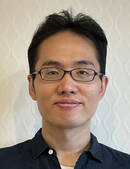
Associate Professor
Haruhisa IIJIMA
We conduct research on solar-terrestrial physics, space plasma physics, and space weather based on informatics methods including large-scale data analysis, high-performance computing, and machine learning.
space weather / plasma / satellite observation / big data analysis / computer simulation / supercomputer / machine learning / data assimilation / satellite instrument development
 Geospace Exploration Satellite Arase
Geospace Exploration Satellite Arase
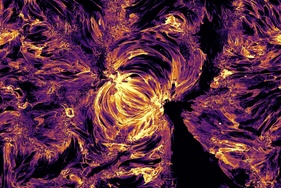 Large-scale plasma simulation of solar atmosphere
Large-scale plasma simulation of solar atmosphere


